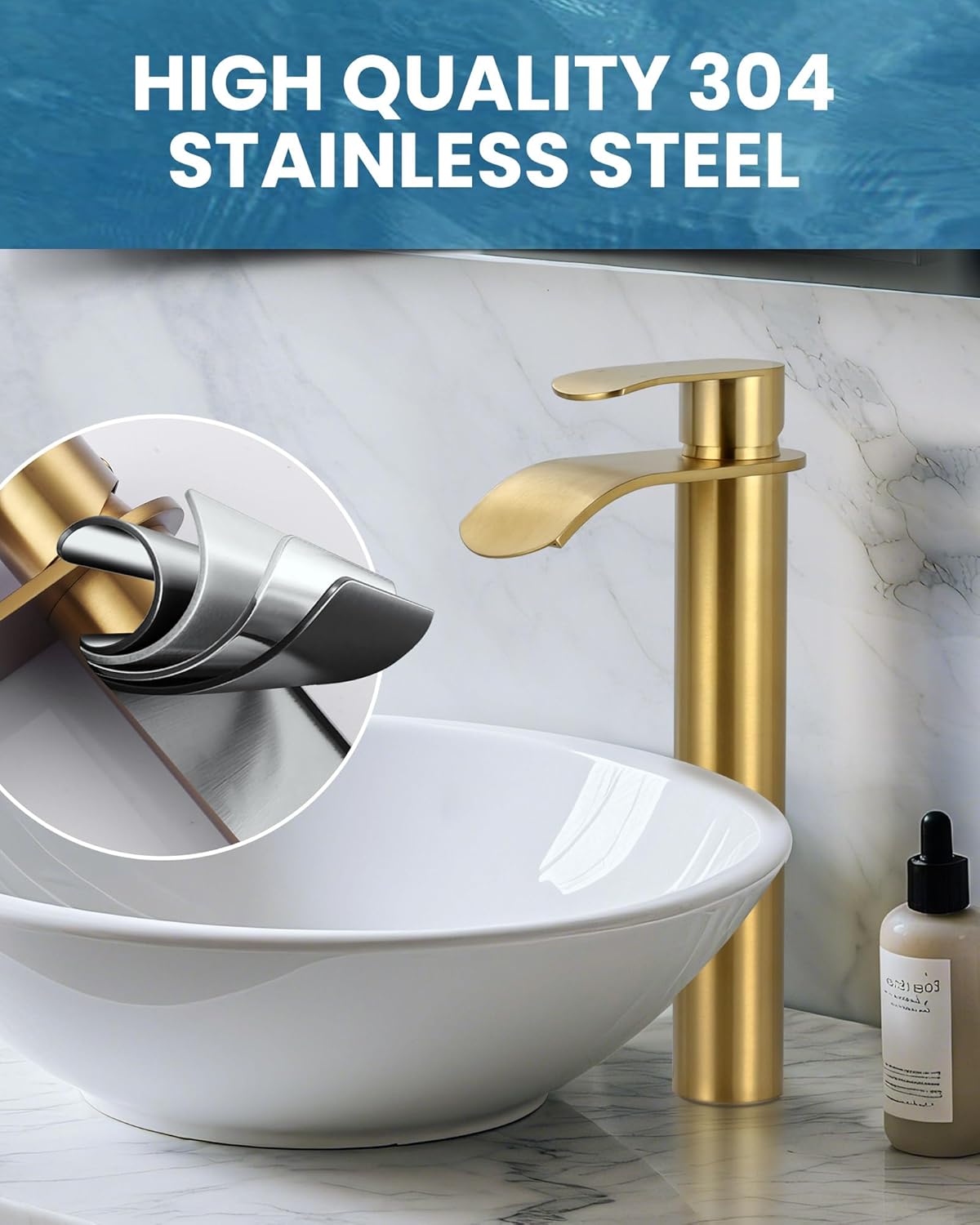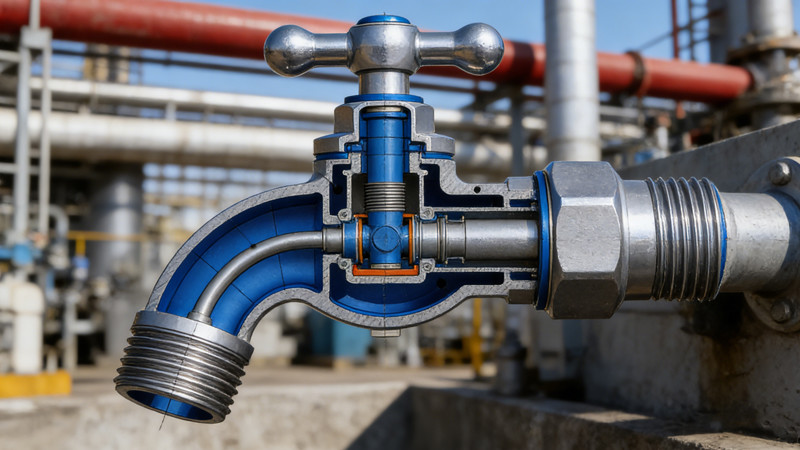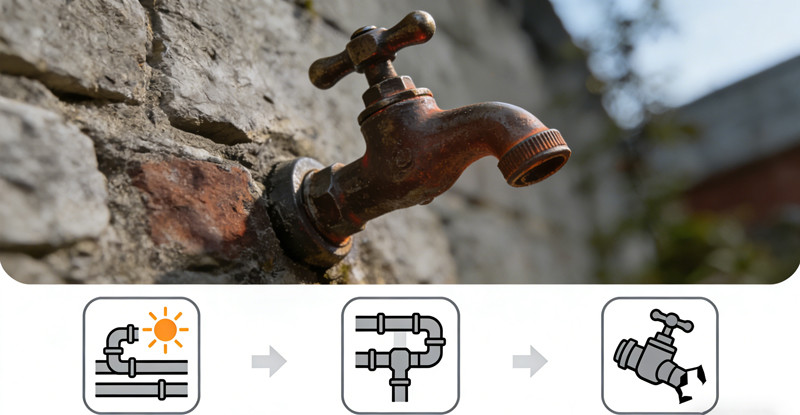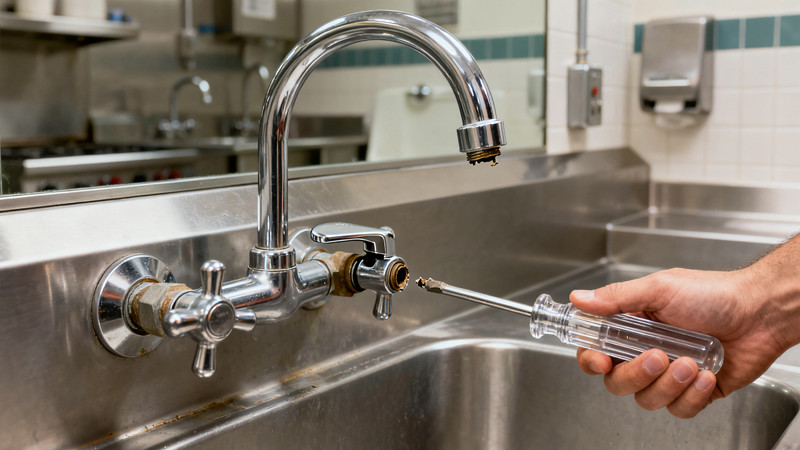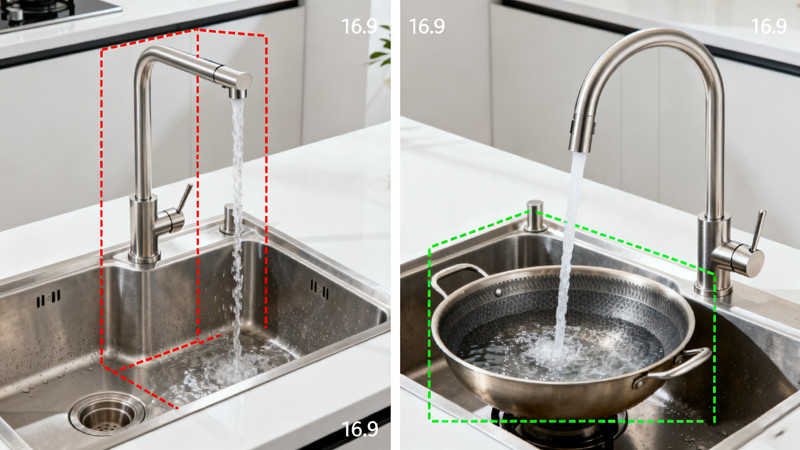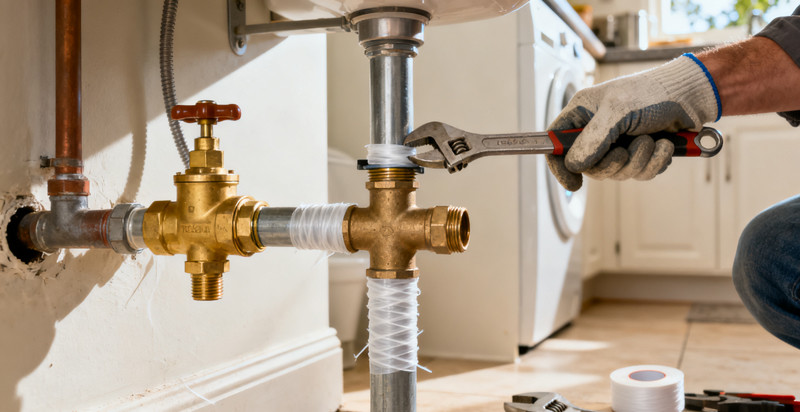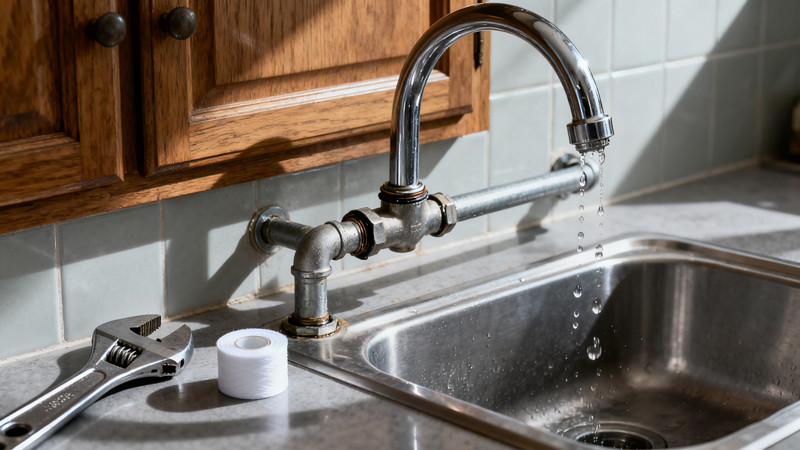When it comes to home safety, most parents are vigilant about covering electrical outlets, installing baby gates, or locking cleaning supplies away. But one serious hazard often goes unnoticed until it’s too late — hot water burns. Scald injuries from faucets, bathtubs, and showers are among the most common household accidents for children, especially toddlers.
A child’s skin is much thinner and more sensitive than an adult’s, meaning it can burn in just a second of contact with hot water that feels merely warm to us. Fortunately, with a few practical steps and safety upgrades, you can greatly reduce the risk and make your bathroom or kitchen a safer space for your family.
This guide walks you through why hot water burns happen, how to prevent them, and which faucet safety features can protect your children every day.
1. Understanding the Risk: How Hot Water Burns Happen
Scalds occur when skin comes into contact with water that’s too hot. The most common sources in the home are faucets, showers, and bathtubs, but kitchen sinks and water dispensers can also cause burns.
Children under five are especially vulnerable. According to safety experts, water at 140°F (60°C) can cause a third-degree burn in less than one second. Even at 130°F (54°C), serious burns occur within 30 seconds.
Many water heaters are set at 140°F by default — far too hot for children’s skin. Toddlers are at the highest risk because they can reach and turn on taps without understanding danger. A curious twist of the handle can send scalding water straight onto their hands or body.
That’s why preventing burns isn’t just about watching your kids — it’s about eliminating the risk at its source.
2. Adjust the Water Heater Temperature
One of the simplest and most effective ways to prevent burns is to set your water heater to a safe temperature. Experts recommend a maximum of 120°F (49°C).
At this level, the water is hot enough for bathing and cleaning but not hot enough to cause serious injury instantly.
You can check your water heater’s setting by looking at the temperature dial or using a thermometer to test water from your faucet after running it for one minute. If it’s above 120°F, lower the thermostat setting.
For extra peace of mind, you can install an anti-scald mixing valve (also known as a tempering valve) on the water heater. This device blends hot and cold water to ensure the water coming from your faucets never exceeds the safe limit.
3. Install Anti-Scald Faucets or Thermostatic Valves
Modern faucet technology has made burn prevention much easier. If your home still has older fixtures, upgrading to anti-scald faucets or thermostatic mixing valves is one of the best safety investments you can make.
These systems automatically balance water temperature, even when there are changes in water pressure — for example, when someone flushes a toilet or runs another tap. This prevents sudden surges of hot water that could scald a child mid-bath.
A thermostatic faucet lets you pre-set the exact temperature you want. Some models also feature temperature limit stops, so even if the handle is turned fully to “hot,” it won’t go beyond a safe range.
For families with small children, this feature provides both convenience and safety — no more guessing how far to turn the handle or worrying about sudden bursts of heat.
4. Use Childproof Faucet Covers and Bath Thermometers
In addition to temperature controls, you can use simple accessories to protect children during bath time.
Faucet covers (often made of soft rubber or silicone) not only prevent bumps on hard metal edges but can also discourage kids from playing with the handles. Some designs include built-in temperature indicators that change color when the water is too hot.
Bath thermometers are another great tool. Many are digital or feature floating toy designs that display the exact temperature, helping you keep the water around a safe 98°F–100°F (37°C–38°C) for children’s baths.
These small, inexpensive gadgets are easy to find and can make a big difference in your daily routine.
5. Teach Children About Hot Water Safety
Technology helps, but education is equally important. From an early age, teach your children that hot water can hurt them.
Simple rules such as “Always ask before turning on the tap” or “Mommy and Daddy test the water first” can go a long way in preventing accidents. As your child grows, show them how to test water safely using their hand under supervision — not to adjust the tap without an adult.
Encourage older kids to take responsibility for checking water temperature before washing their hands or bathing. Consistent reminders help build lifelong habits of safety awareness.
6. Supervise Bath Time — Always
No matter how advanced your safety devices are, active supervision is still your best protection. Never leave a baby or young child unattended in the bath, even for a few seconds.
Children can turn on the hot tap faster than you might expect. If you need to step away, always take your child with you. It’s also smart to turn the cold water on first and off last when filling a bathtub. This helps ensure that the water is mixed safely and reduces the chance of a sudden hot surge.
Before your child gets in, swirl the bathwater with your hand or elbow to evenly distribute the temperature — water can be much hotter near the faucet than farther away.
7. Upgrade to Modern, Family-Friendly Fixtures
If you’re renovating your bathroom or kitchen, consider upgrading to fixtures that make temperature control easier and safer.
Many modern pull-down kitchen faucets and bathroom mixers now include built-in temperature memory, touchless controls, and adjustable hot limits. For example, a single-handle mixer allows you to fine-tune the balance of hot and cold water quickly, reducing the chance of sudden scalds.
Touchless or motion-sensor faucets are especially useful for children. They eliminate the need to twist handles entirely, reducing both accidental burns and the spread of germs.
When shopping, look for faucets made with SUS304 stainless steel for durability and equipped with ceramic cartridge valves for smooth, reliable temperature control.
8. Know What to Do If a Burn Happens
Even with all precautions, accidents can still occur. Knowing first aid for scald burns can prevent further damage:
Immediately remove the child from the hot water source.
Cool the burn with cool (not cold) running water for at least 10–20 minutes.
Do not apply ice, butter, or creams, which can worsen the injury.
Cover the burn loosely with a clean, non-stick dressing.
Seek medical attention, especially for burns larger than a coin, or if blisters appear.
Quick action can significantly reduce pain and prevent deeper tissue damage.
Final Thoughts
Preventing hot water burns is all about awareness and preparation. By lowering your water heater temperature, installing anti-scald faucets, and supervising your child closely, you can make your home far safer.
The best part? These changes don’t just protect children—they make daily life more comfortable for everyone. With the right fixtures and habits, you can enjoy peace of mind knowing your family is safe from one of the most common yet preventable household hazards.
A few small adjustments today can prevent a lifetime of pain tomorrow — and that’s a trade every parent would make without hesitation.
 WOWOW Faucets
WOWOW Faucets
